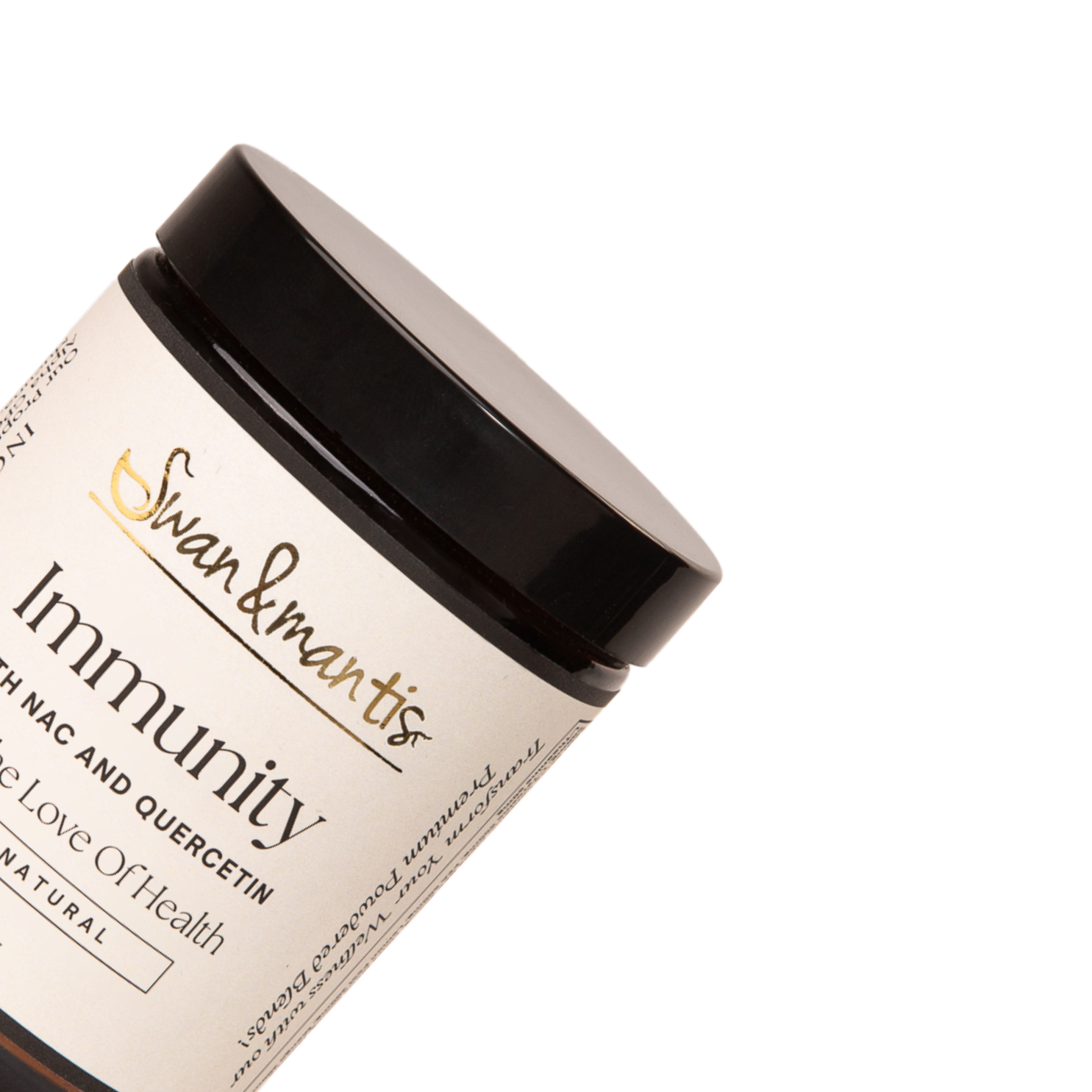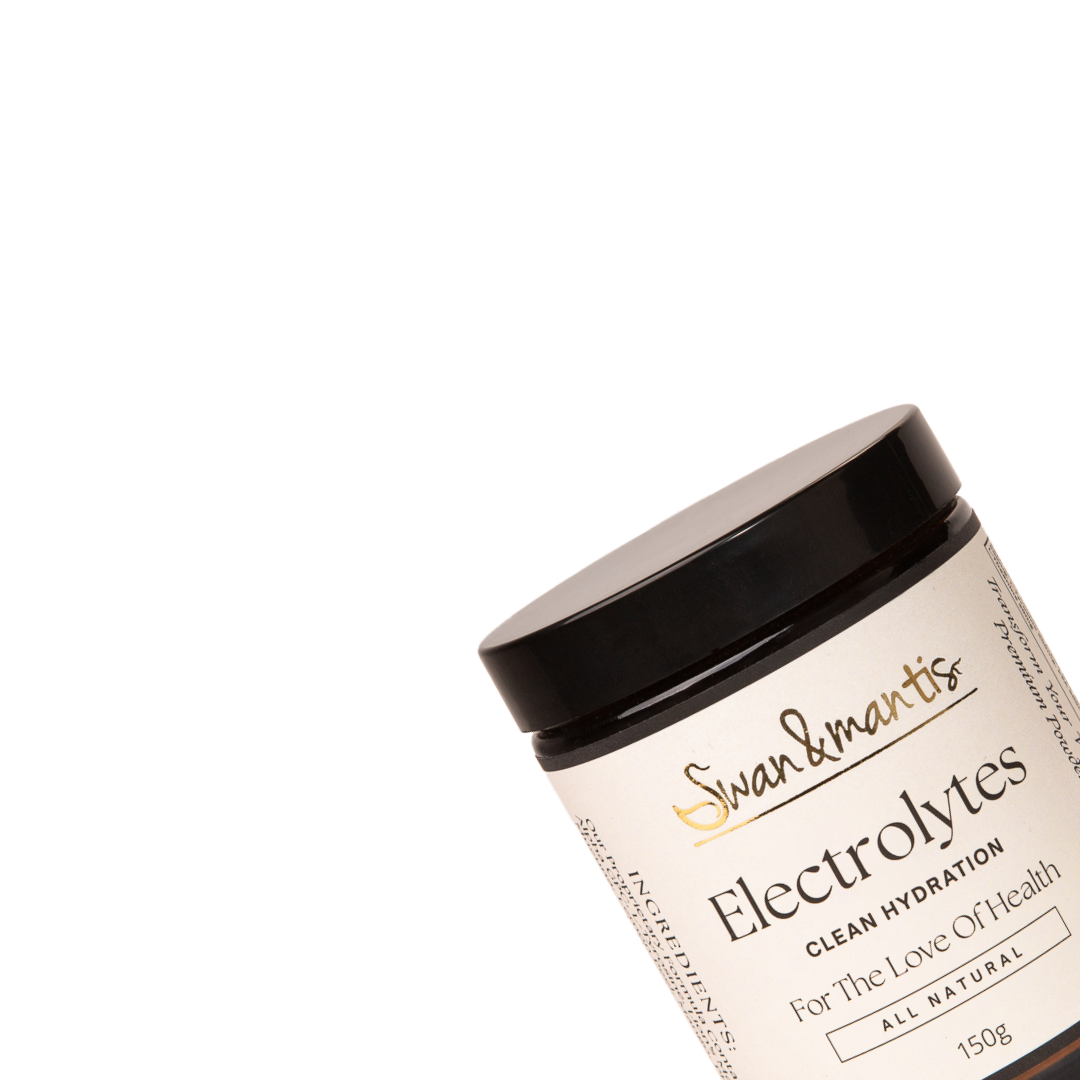Anti Nutrients in Foods - Jeremy's Notes
ANTI-NUTRIENTS IN FOOD
SOME OF Jeremy's notes
INTRODUCTION
Cereal grains which are the seeds of grasses (gramineae) contain a variety of secondary metabolites which can be either toxic, antinutritional, benign or somewhere in between, dependent upon the physiology of the consumer animal... Many birds, rodents, insects and ruminants can clearly consume cereal grains in high quantities with minimal undue effects. Because primates evolved in the tropical forest, all of their potential plant food was derived from dicotyledonous species; therefore, the primate gut was initially adapted to both the nutritive and defensive components of dicotyledons rather than the nutritive and defense components of monocotyledonous cereal grains... Consequently, humans, like all other primates have had little evolutionary experience in developing resistance to secondary and antinutritional compounds which normally occur in cereal grains.
Generally, in most parts of the world, whenever cereal-based diets were first adopted as a staple food replacing the primarily animal-based diets of hunter-gatherers, there was a characteristic reduction in stature, an increase in infant mortality, a reduction in lifespan, an increased incidence of infectious diseases, an increase in iron deficiency anemia, an increased incidence of osteomalacia, porotic hyperostosis and other bone mineral disorders and an increase in the number of dental caries and enamel defects.
LECTINS
Lectins are natural proteins that have a large variety of roles. They are amongst the most fascinating and stimulating of all biological compounds, and I have no doubt that they play a major role in many “unexplained ” diseases. Lectins are like master code-breakers. The cells of our bodies are studded with receptors which are like code pads to ensure stimulation only under the correct circumstances. Lectins have the ability to crack these codes and stimulate the receptors causing a variety of responses- covering basically the full repertoire of the cell and even tricking the cell into doing things it normally cannot do.
They also have a knack for bypassing our defenses and “getting behind the lines”, and then they can travel all over the body causing harm. They can, for example:
- strip protective mucus off tissues,
- damage the cells lining the small intestine- disrupting the microscopic fingers called villi and microvilli,
- get swallowed whole by the small intestine cells (“pinocytosis”)
- bind to cells including blood cells causing a clot to form (hence they were initially called “haemagglutins”)
- make a cell act as if it has been stimulated by a hormone-
- stimulate a cell to secrete a hormone
- promote cell division at the wrong time
- cause gowth or shrinkage of lymphatic tissue (“outposts” of white blood cells)
- cause enlargement of the pancreas
- cause cells to present codes (HLA’s) that they normally should not use
- cause cell death (apoptosis)
- decrease intestinal absorption of many key nutrientsLectins break down the surface of the small intestine, stripping it of mucus and causing the cells to become irregular and leaky. Some lectins make cells act as if they have been stimulated by insulin. Others cause the pancreas to release insulin. Others cause immune cells to divide in the wrong way, causing growth of some white blood cells and breaking down the control of the immune system. Others cause cells to present the wrong codes (HLA’s) on their surface, tricking the immune system into thinking that intruders have been found and activating the immune system inappropriately- thus leading to “autoimmune disease” where the body’s tissues are attacked by its own immune system.PHYTATES Oligomers of flavan-3-ols and flavan-3,4-diols, called condensed tannins, occur widely in cereals and legumes (Haard and Chism 1996). These compounds are concentrated in the bran fraction of cereals (Salunkhe et al. 1990). Tannin-protein complexes can cause inactivation of digestive enzymes and reduce protein digestibility by interaction of protein substrate with ionizable iron (Salunkhe et al. 1990). The presence of tannins in food can therefore lower feed efficiency, depress growth, decrease iron absorption, damage the mucosal lining of the gastrointestinal tract, alter excretion of cations, and increase excretion of proteins and essential amino acids (Reddy and Pierson 1994). Dehulling, cooking and fermentation reduce the tannin content of cereals and other foods.These sterol or triterpene glycosides occur widely in cereals and legumes (Shiraiwa et al. 1991). Saponins are detected by their hemolytic activity and surface active properties. Although the notion that they are detrimental to human health has been questioned (Reddy and Pierson 1994), they have been reported to cause growth inhibition (Cheeke 1976).ENZYME BLOCKERS:They are believed to cause growth inhibition by interfering with digestion, causing pancreatic hypertrophy and metabolic disturbance of sulfur amino acid utilization (Reddy and Pierson 1994). Although these inhibitors tend to be heat stable, there are numerous reports that trypsin inhibitor, chymotrypsin inhibitor, and amylase inhibitor levels are reduced during fermentation (Chaven and Kadam 1989; Reddy and Pierson 1994).EXORPHINS:Exorphins also act on endorphin receptors and may stimulate them or block them. It is logical that exorphins may therefore affect chronic pain and also affect addictive behaviour.GOITROGENS
- SOAKING
- Goitrogens can lead to thyroid disease.
- Exorphins are food chemicals that have morphine-like activity. They are found in dairy products and wheat. Our body has its own natural morphine like substances that are called endorphins. Endorphins work by stimulating a type of nerve cell surface receptor called endorphin receptors. Endorphins are very important in controlling pain and addictive behaviour.
- These enzyme blockers are abundant in all seeds including grains and beans, and also in potatoes, serving to hold them in suspended animation and also acting as pesticides. Most commonly they block the enzymes that digest protein (proteases), and are called “protease inhibitors”. They can affect the stomach protease enzyme “pepsin”, and the small intestine protease enzymes “trypsin” and “chymotrypsin”. Some enzyme blockers affect the enzymes that digest starch (amylase) and are called “amylase inhibitors”.
- SAPONINS
- TANNINS
- Phytates also bind to vitamins, and enzymes to make them unavailable to the body. The main minerals Phytates target include calcium, magnesium, iron, copper and zinc, which interestingly are also the main minerals found in grains itself, preventing full absorption of the nutrients present along with taking them out of the body to later cause, with consistent consumption of grains, possible nutrient deficiency in those areas and/or more.
- Phytic acid is the 1,2,3,4,5,6-hexaphosphate of myoinositol that occurs in discrete regions of cereal grains and accounts for as much as 85% of the total phosphorous content of these grains. Phytate reduces the bioavailability of minerals, and the solubility, functionality and digestibility of proteins and carbohydrates (Reddy et al. 1989). Fermentation of cereals reduces phytate content via the action of phytases that catalyze conversion of phytate to inorganic orthophosphate and a series of myoinositols, lower phosphoric esters of phytate. A 3-phytase appears to be characteristic of microorganisms, while a 6-phytase is found in cereal grains and other plant seeds (Reddy and Pierson 1994).
- Note: anti-nutrients such as lectins, oxalates, and saponins aren’t affected by soaking, nor cooking, so the best strategy for people who are sensitive to these compounds is to avoid foods containing them.The process of soaking will not only reduce the anti-nutrients, but will also improve the nut/seeds digestibility, so we end up getting more of the good stuff!Traditional Indian, African, Ethiopian and Latin American cultures prepare their food with great care by sprouting (consistent soaking until a sprouted stem appears), soaking (in water or sour milk) and/or fermenting their legumes, grains and nuts before eating. They will soak these foods for several days or sometimes up to weeks before they are prepared into a meal, this process dramatically reduces antinutrients and leaves them containing more nutritional value, however there will always still be some antinutrients left in the grain.Using phytase an enzyme that breaks down phytates to our advantage
- In India both rice and lentils [a legume] are soaked [fermented] for at least 2 days before being consumed as idli or dosas (Fallon and Enig 1999)
- The process of soaking grains and legumes is used a lot in traditional societies and cultures, and is one reason why those people don't seem to obtain the same health problems as in the Eastern culture.
- Whole grains such as wheat, rye and buckwheat are potent sources of phytase “The phytase activity of grains and seeds varied over a wide range …and the most potent sources of phytase were rye, wheat and buckwheat” (Egli 2001). (Liu, Wang et al. 2007), and when these grains are added to other cereals complete degradation of phytates occurred in 1 – 2 hours!
- “By adding 10% whole wheat, whole rye or whole buckwheat to complementary foods (e.g., wheat and soy, millet and cowpea, and rice and chickpea foods) it was possible to degrade phytic acid completely in 1–2 h by holding the mixture in aqueous solution at the optimum pH of the phytase”(Egli, 2001).
- Soaking mixed grains and ensuring grains with high phytase activity are also included, will enable phytase to release bound minerals trapped in the grain matrix.
- The optimum pH for phytase in the dissertation by Egli et al was between 5.0 - 5.5 i.e. an acidic pH. This is why yoghurt, kefir, sour apples*, berries* or lemon juice* added to the muesli mix and soaked overnight helps to activate the phytase.
- The use of milk and in particular yoghurt to the muesli mix provides organisms that help to digest some of the antinutrients and activate the enzyme phytase to break down phytic acid.
- The original Bircher-Benner recipe used lemon juice, cream, sour apples and advised that the oats in the muesli be soaked overnight. The acid pH of these additions helps bread activate the phytase enzyme in the cereal which then breaks down phytic acid releasing the bound minerals.
- Yogurt is an acidic food and can be used to soak muesli overnight. The acid of the yogurt [lactic acid from the conversion of lactose] will help to activate phytase-rich grains and the probiotics will also help to digest proteins and neutralize antinutrients.
- Grains can simply be soaked in water. Adding some lemon juice to lower the pH can help activate intrinsic phytase activity to breake down the phytic acid within.
- Add enzymes to the soaking grains?
- One theory of food allergies states that food allergies are the result of undigested protein fragments that stimulate an immune response.
- Larger protein fragments have a greater antigenic potential than small fragments of protein.
- Adding digestive enzymes to the muesli and soaking this overnight has the theoretical benefit of cereal protein being broken down into small fragments that are not likely to stimulate an allergic response.
- Simply empty the contents of one capsule that contains a broad-spectrum of digestive enzymes into the muesli mix and place in the refrigerator overnight. (Oelgoetz, Oelgoetz et al. 1935)
- If you have a severe food allergy then do not depend on this method for protection
- Gluten digestion by specific enzymes
- If you have a wheat sensitivity or gluten sensitivity then it is important to eliminate wheat or gluten in the diet.
- This is easier said than done as gluten can be a contaminant in many foods.
- Studies have shown that predigestion of food with papain [a papaya enzyme] can neutralize the gluten to make this inactive --- this is thought to work by the papain enzyme liberating ammonia from gluten protein making it non-antigenic and benign [Gut 1964;5:295-303].
- However, papain may not be tolerated by people due to its allergenic potential
- Taking an enzyme supplement that has DPP4 activity with meals may just help gluten-sensitive individuals tolerate meals that contain gluten or are purpoted to be gluten-free. If you have this problem, carrying an enzyme supplement with you at all times will be prudent action especially if you will be eating out. See references below. From an evolutionary perspective, humanity’s adoption of agriculture, and hence cereal grain consumption, is a relatively recent phenomenon... Cereal grains represent a biologically novel food for mankind, consequently there is considerable genetic discordance between this staple food, and the foods to which our species is genetically adapted. Cereal grains lack a number of nutrients which are essential for human health and well-being; additionally they contain numerous vitamins and minerals with low biological availability. Furthermore, the inability of humans to physiologically overcome cereal grain antinutrients (phytates, alkylresorcinols, protease inhibitors, lectins, etc.) is indicative of the evolutionary novelty of this food for our species. This genetic maladaptation between human nutrient requirements and those nutrients found in cereal grains manifests itself as vitamin and mineral deficiencies and other nutritionally related disorders, particularly when cereal grains are consumed in excessive quantity. More disturbing is the ability of cereal grain proteins (protease inhibitors, lectins, opioids and storage peptides) to interact with and alter human physiology. Cereal grains obviously can be included in moderate amounts in the diets of most people without any noticeable, deleterious health effects, and herein lies their strength. When combined with a variety of both animal- and plantbased foods, they provide a cheap and plentiful caloric source, capable of sustaining and promoting human life. The ecologic, energetic efficiency wrought by the widespread cultivation and domestication of cereal grains allowed for the dramatic expansion of worldwide human populations, which in turn, ultimately led to humanity’s enormous cultural and technological accomplishments. The downside of cereal grain consumption is their ability to disrupt health and well being in virtually all people when consumed in excessive quantity. This information has only been empirically known since the discovery of vitamins, minerals and certain antinutrients in the early part of this century. Cereal grains are truly humanity’s double-edged sword. For without them, our species would likely have never evolved the complex cultural and technological innovations which allowed our departure from the hunter-gatherer niche. However, because of the dissonance between human evolutionary nutritional requirements and the nutrient content of these domesticated grasses, many of the world’s people suffer disease and dysfunction directly attributable to the consumption of these foods.Psalm 104/14 He (God) causeth the grass to grow for the cattle, and herb for the service of man, that he may bring forth food out of the earth.
- BIBLE
- SUMMARY


